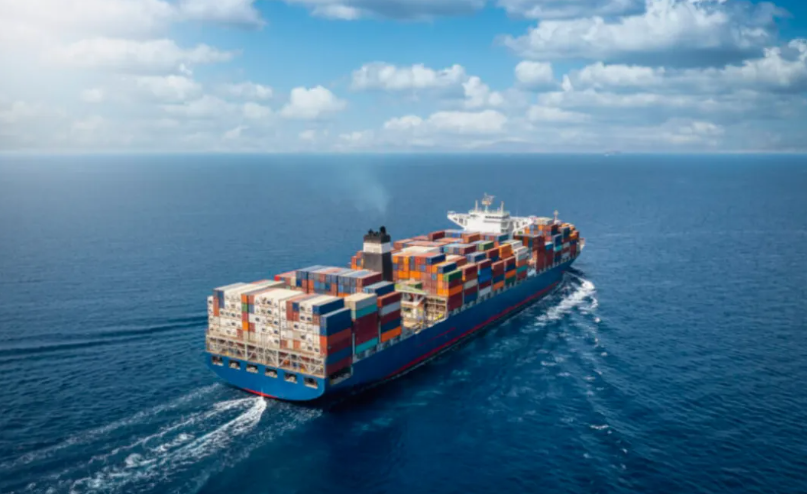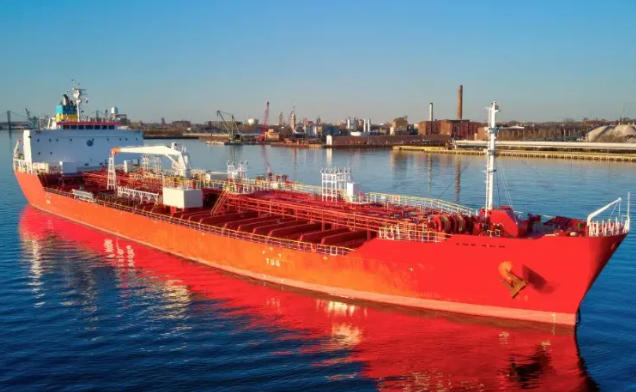Volatility in Shipping Capacity Doubles Since 2020, Adding Pressure on European Ports
Logistics News
![]() 18-Aug-2025
18-Aug-2025
According to an analysis by Danish maritime consultancy Sea-Intelligence, fluctuations in shipping capacity have doubled since 2020, posing additional challenges to European ports already struggling with congestion and delays.
The analysis highlights that weekly changes in capacity on major trade lanes have increased significantly since 2020. The report examined the period from 2011 to 2025, focusing on variations in the size and number of weekly vessel departures on the four largest routes from Asia to Europe and the United States.
Sea-Intelligence found that capacity volatility is particularly pronounced between Asia and Europe.
Since 2020, the average weekly change in vessel capacity on routes to Europe has more than doubled compared to earlier years.
On the Asia-North Europe route, the average volatility rate in vessel capacity was 12.3% between 2011 and 2019. From 2021 to 2025, this average is projected to increase to 29.6%.
A very similar trend has been observed in the Asia-Mediterranean trade.
The report emphasized, “In summary, it can be concluded that volatility in capacity has more than doubled on both European trades compared to the pre-2020 period, based on weeks with actual sailings.”
European ports, already grappling with supply chain bottlenecks, congestion, and delays, are further strained by inconsistent vessel arrival times.
The analysis noted, “There are many different causes for the current congestion issues in Europe, but an uneven flow of cargo is one contributing factor.”
Although Pacific routes have also experienced significant weekly capacity changes, the scale of these fluctuations is relatively smaller.
The average volatility rate from Asia to the U.S. West Coast increased by 50%, rising from 18.6% to 30.3%, while volatility to the U.S. East Coast increased from 21.9% to 32.5%.
Sea-Intelligence concluded that “weekly cargo capacity has become increasingly unstable,” meaning ports often face irregular cargo flows. “This creates problems for port operations, as ports are designed to handle smooth cargo streams.”

Last
Freight Rates Hit Multi-Month Lows as Capacity Rises and Demand Softens
Recently, Xeneta reported that the average market rate for the trans-Pacific trade from the Far East to the U.S. West Coast has ju

Next
Fire Erupts on Oil Tanker and Cargo Ship in South Korea, Leaving One Dead and Two Injured
On Saturday, a fire broke out on an oil tanker and a cargo ship off the coastal city of Yeosu in southern South Korea, resulting i
